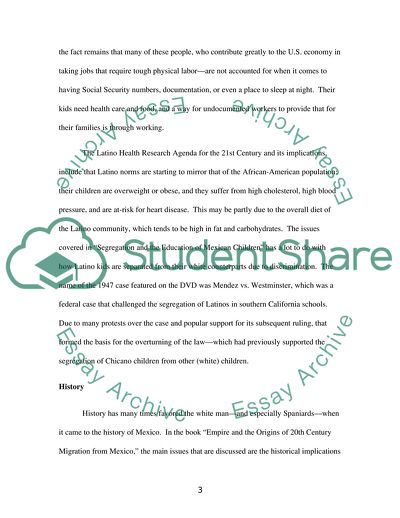Cite this document
(A Study in Chicano Studies Capstone Project Example | Topics and Well Written Essays - 1500 words, n.d.)
A Study in Chicano Studies Capstone Project Example | Topics and Well Written Essays - 1500 words. https://studentshare.org/history/1762996-chicano-studies
A Study in Chicano Studies Capstone Project Example | Topics and Well Written Essays - 1500 words. https://studentshare.org/history/1762996-chicano-studies
(A Study in Chicano Studies Capstone Project Example | Topics and Well Written Essays - 1500 Words)
A Study in Chicano Studies Capstone Project Example | Topics and Well Written Essays - 1500 Words. https://studentshare.org/history/1762996-chicano-studies.
A Study in Chicano Studies Capstone Project Example | Topics and Well Written Essays - 1500 Words. https://studentshare.org/history/1762996-chicano-studies.
“A Study in Chicano Studies Capstone Project Example | Topics and Well Written Essays - 1500 Words”. https://studentshare.org/history/1762996-chicano-studies.


